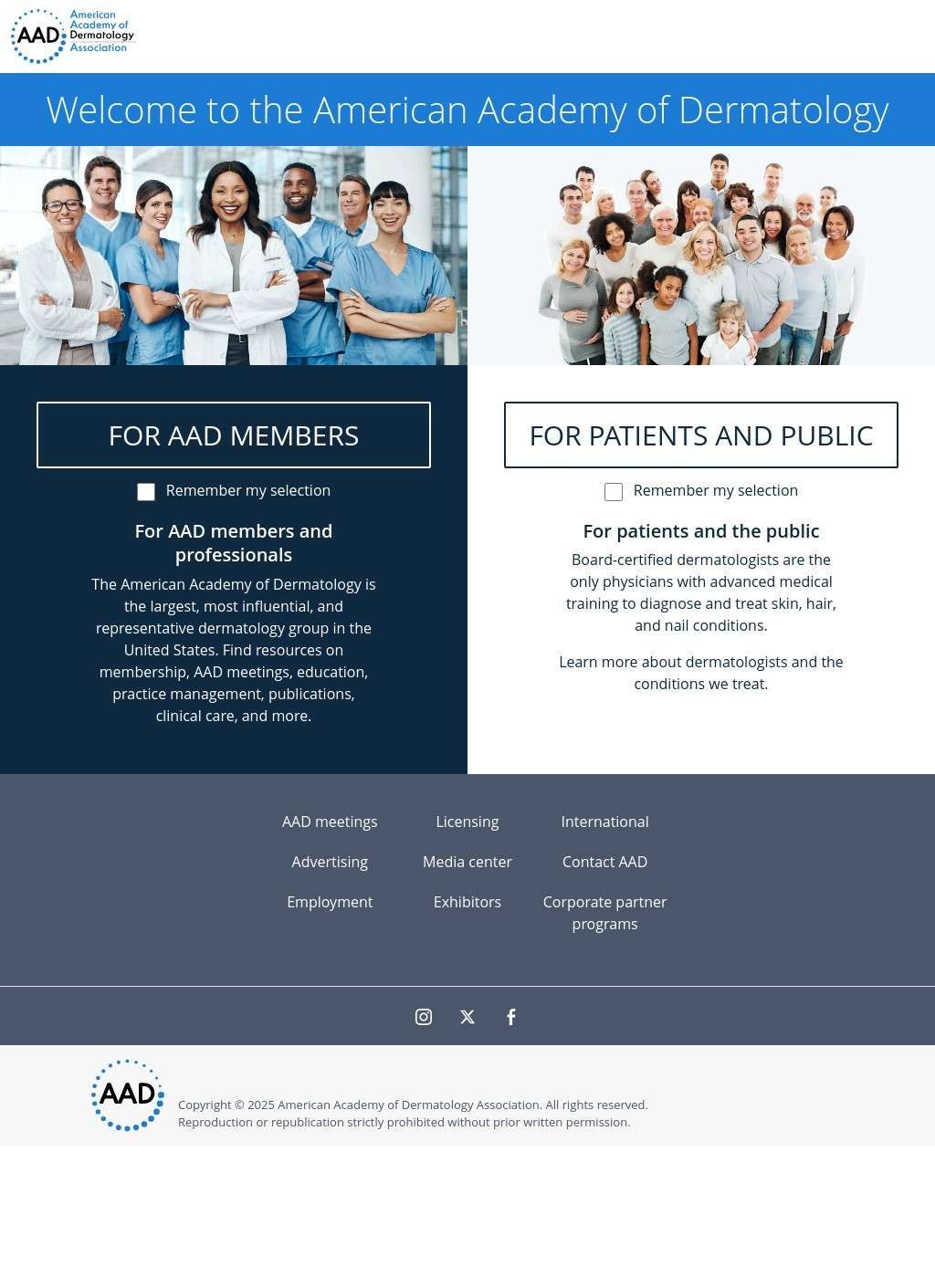The American Academy of Dermatology brings a unique perspective to dermal fillers by approaching them through the lens of overall skin health. As the largest dermatologic society globally, representing over 20,000 physicians, their resources blend cosmetic enhancement with medical expertise. This dual focus creates particularly valuable content for patients who want beautiful results without compromising skin integrity.
Their educational materials excel at explaining the interplay between skin biology and filler treatments. They detail how different filler materials interact with various skin types, why some patients experience better results than others, and how underlying skin conditions affect outcomes. The content covers topics like collagen stimulation from certain fillers, the role of skin elasticity in determining results, and how sun damage impacts filler longevity. This scientific grounding helps patients understand why their dermatologist might recommend specific products or complementary treatments.
The AAD takes a refreshingly holistic approach to facial rejuvenation. Rather than viewing fillers in isolation, they position them within comprehensive treatment plans that might include skincare regimens, sun protection, and other procedures. Their resources explain how combining fillers with treatments like chemical peels, laser therapy, or neurotoxins can enhance overall results. They're particularly strong on the concept of "prejuvenation" – using small amounts of filler preventatively rather than waiting for advanced aging signs.
Safety information from AAD carries special weight given their medical focus. They provide detailed protocols for managing complications, with step-by-step guidance for both common and rare adverse events. Their emphasis on proper injection technique, knowledge of facial anatomy, and recognition of danger zones reflects the medical training of dermatologists. They maintain a complications registry that helps track patterns and improve safety protocols across the specialty.
The dermatologist finder feature specifically identifies practitioners with cosmetic expertise. Each profile indicates whether the dermatologist performs injectable treatments, their years of experience with fillers, and any additional certifications in aesthetic procedures. The search function allows filtering by specific treatments, insurance acceptance, and languages spoken. Patient reviews and before-after galleries (where provided) help evaluate potential providers.
Educational resources for patients include downloadable brochures, procedure guides, and recovery timelines. The AAD produces videos demonstrating what to expect during filler appointments, proper aftercare techniques, and realistic healing progression. Their patient handouts cover everything from pre-treatment preparation to long-term maintenance strategies. These materials use clear language and helpful illustrations to demystify the treatment process.
Continuing education for dermatologists ensures the information stays current with evolving techniques and products. The AAD hosts conferences, workshops, and online courses focused on injectable treatments. This commitment to professional development translates into better patient care as member dermatologists stay abreast of the latest safety protocols and injection techniques. The site includes a calendar of upcoming educational events and archived presentations for reference.
The AAD's position statements on cosmetic procedures provide valuable context for treatment decisions. They address controversial topics like appropriate age for starting fillers, treating pregnant patients, and managing unrealistic expectations. These evidence-based guidelines help both patients and providers navigate ethical considerations in aesthetic medicine. Their stance on various issues reflects consensus among leading dermatologists rather than individual opinions.
Research initiatives funded by the AAD advance understanding of filler safety and efficacy. They support studies on long-term outcomes, optimal injection techniques, and management of complications. Grant recipients publish findings in peer-reviewed journals, with summaries available on the public website. This research commitment ensures recommendations stay grounded in scientific evidence rather than anecdotal experience.
Contact methods include a main phone line (1-888-462-DERM) operating during standard business hours, with specialized extensions for patient resources, physician referrals, and media inquiries. Their email system routes queries to appropriate departments based on topic selection. Response times average 1-2 business days for general inquiries, with urgent medical questions redirected to local providers. The website also features live chat during peak hours for immediate assistance with navigation or basic questions.
